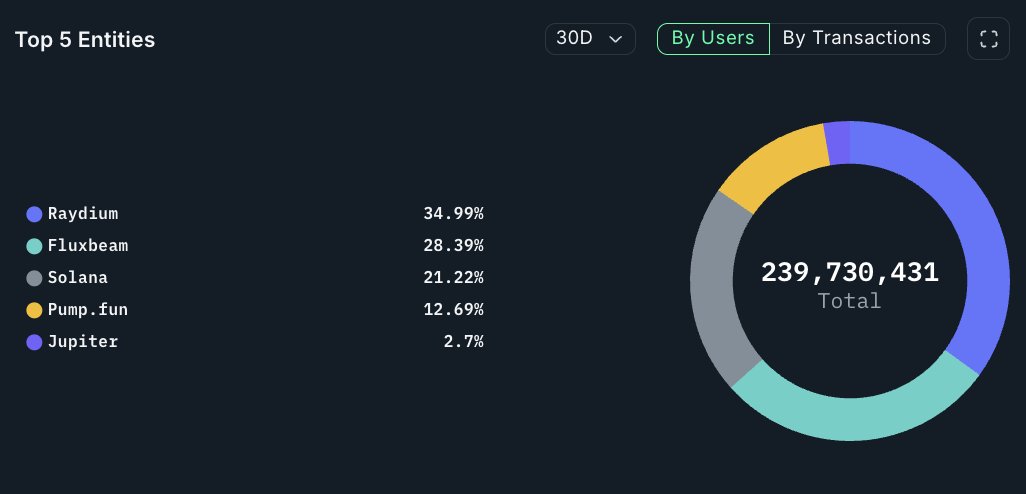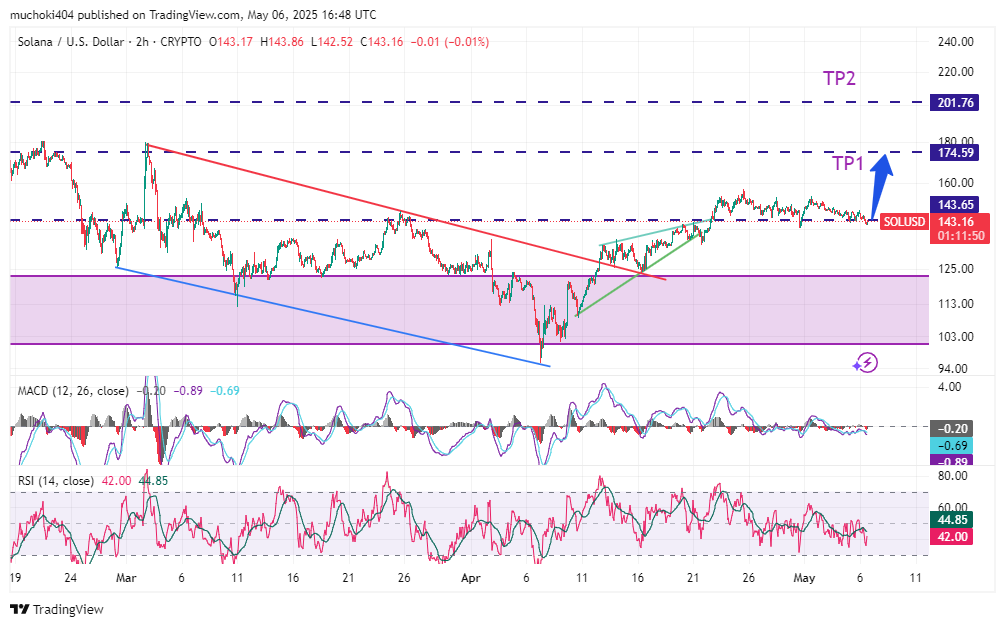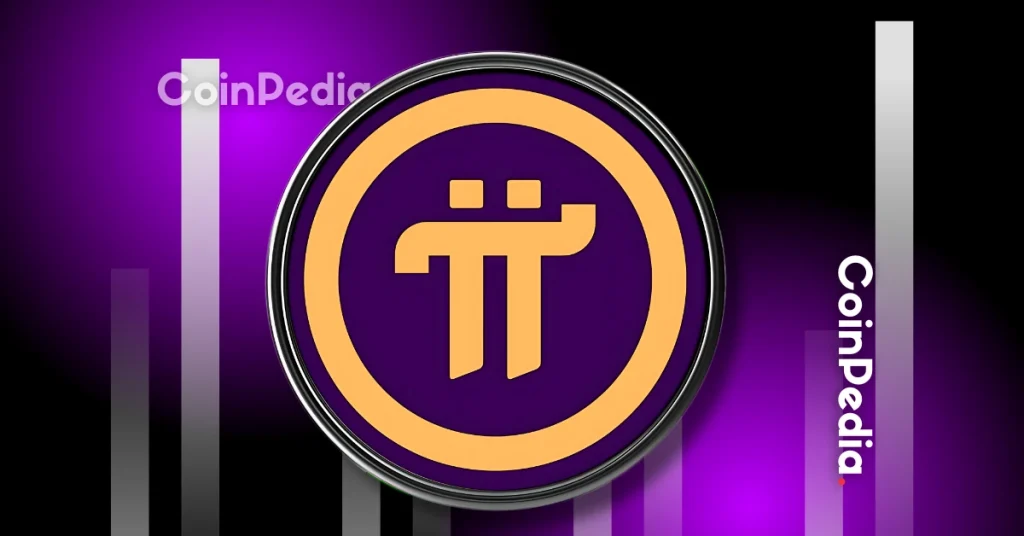
The post SOL Strategies Buys 122k SOL Worth $18.2M: Can Solana Bulls Reclaim Momentum? appeared first on Coinpedia Fintech News
- The Solana network has recorded significant growth in daily active users fueled by memecoins.
- SOL price is well positioned to rally above $170 if Bitcoin price reclaims $100k soon.
SOL Strategies Inc. (CSE: HODL), a Canadian company dedicated to the growth and development of the Solana blockchain, announced the purchase of 122,524 SOL worth about $18,250,730 at an average price of about $148.98 per coin. At the beginning of this month, SOL Strategies announced the closing of the initial $20 million of its $500 million convertible note facility.
“These purchases directly strengthen our three-pillar strategy of enterprise-grade validators, strategic SOL holdings, and Solana technology innovation,” Leah Wald, Chief Executive Officer of SOL Strategies, noted.
Major Factors Fueling Solana Network Growth
According to a recent report by VanEck, the meteoric growth of memecoins on the Solana network is the major driver of on-chain revenues. Furthermore, memecoin trading on the Solana network accounted for 44 percent and 35 percent of all decentralized exchanges (DEX) trading in January and April 2025 respectively.
“If we exclude stablecoins, SOL, and SOL liquid staking tokens, often on the other side of trades, memecoins represent 99% of Solana trading activity in January and 95% in April. While some question the sustainability of this trend, Solana has proven its unmatched ability to process large volumes of decentralized trading,” the report noted.
Meanwhile, market data analysis from Nansen shows that the top five Solana DeFi products – including Raydium, Fluxbeam, Pump.fun, and Jupiter – recorded over 239 million users in the past 30 days.

Midterm Expectations for SOL Price
After recording a palpable growth in April, Solana price has been trapped in a correction phase in the past two weeks. The large-cap altcoin, with a fully diluted valuation of about $85 billion and a total value locked of around $7.6 billion, dropped around 2 per in the past 24 hours to trade around $142 on Tuesday, May 6, during the mid-North American session.

From a technical analysis standpoint, the SOL price is well positioned to rally towards $174 if the buyers hold above $140 in the coming days. In case of a breach of the support level around $142, SOL price will drop towards the next liquidity level around $125.





